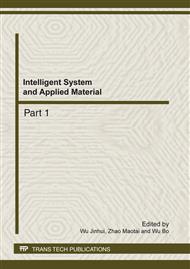p.1217
p.1222
p.1227
p.1232
p.1237
p.1242
p.1246
p.1251
p.1256
Numerical Simulation of Transient Flow Inside Nozzle on Gasoline Direct Injection Engine
Abstract:
To achieve transient flow characteristics at exit of nozzle orifice on gasoline direct injection engine, two phase Euler-Euler schemes was used to simulate the internal flow of the swirl nozzle. Different flow characteristics were calculated in the simulation. Different kinds of nozzle configuration were studied. Cavitaion and swirl flow occured in the nozzles. Injection hole configuration matters more than area variation of swirl tangential slot to discharge coefficient of the studied nozzle. Discharge coefficient changes a little along the injection hole length. The area of the swirl tangrntial slot plays an important throttling action in nozzle internal flow. Smaller area of swirl tangential slot generates larger degree cavitation but smaller mean injection velocity. Turbulence kinetic energy changes with the time of cavitation and swirl field occurring and the nozzle configuration. Before the appearance of cavitation, smaller inclination angle of orifice can generate more turbulence kinetic energy. After that moment, turbulence kinetic energy varies with different configuration. Along injection hole length, turbulence kinetic energy obviously varies. These flow characteristics affect primary atomization and will be as input for next spray simulation. They are also applied to design reference for injection nozzle.
Info:
Periodical:
Pages:
1237-1241
Citation:
Online since:
February 2012
Authors:
Price:
Сopyright:
© 2012 Trans Tech Publications Ltd. All Rights Reserved
Share:
Citation:


